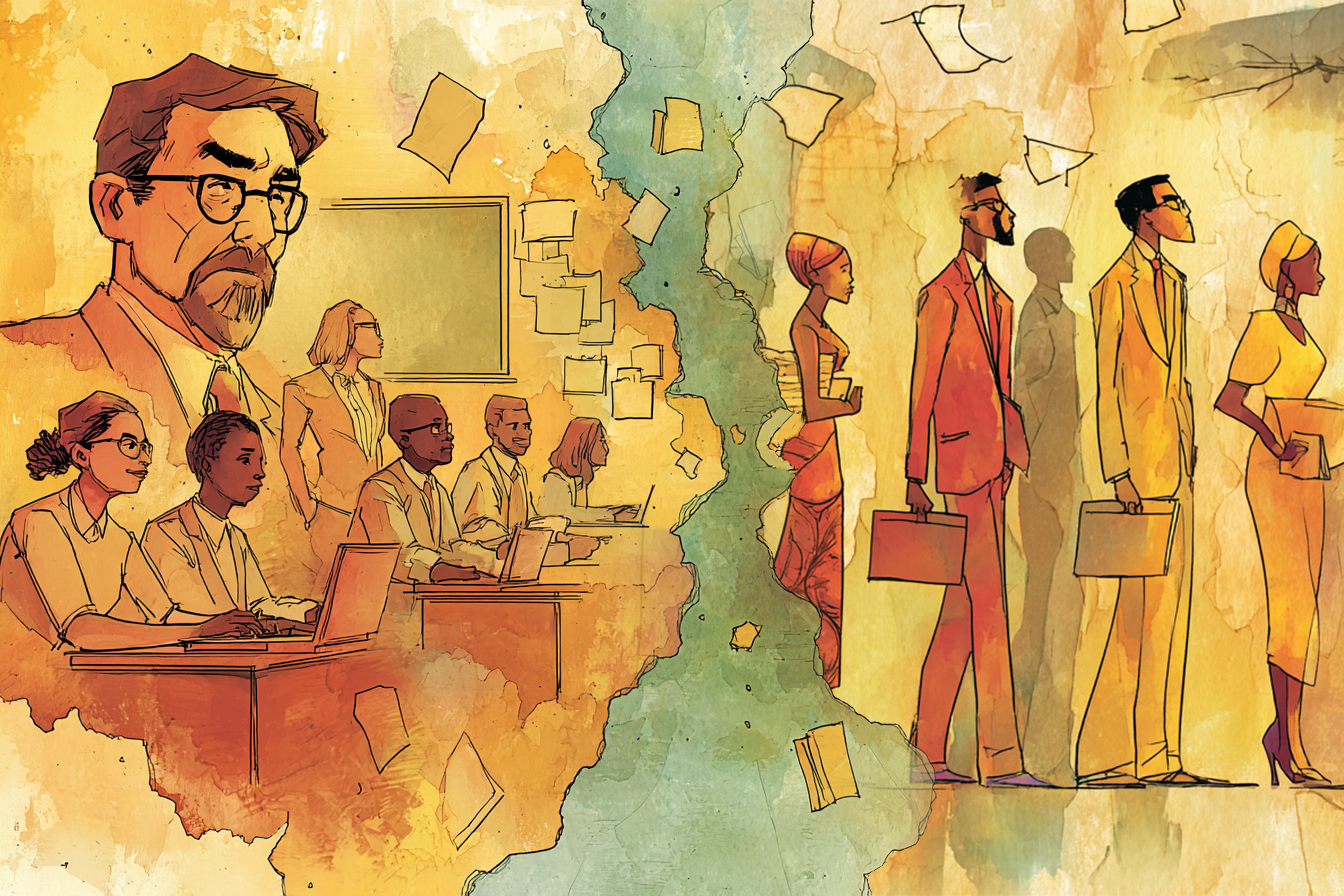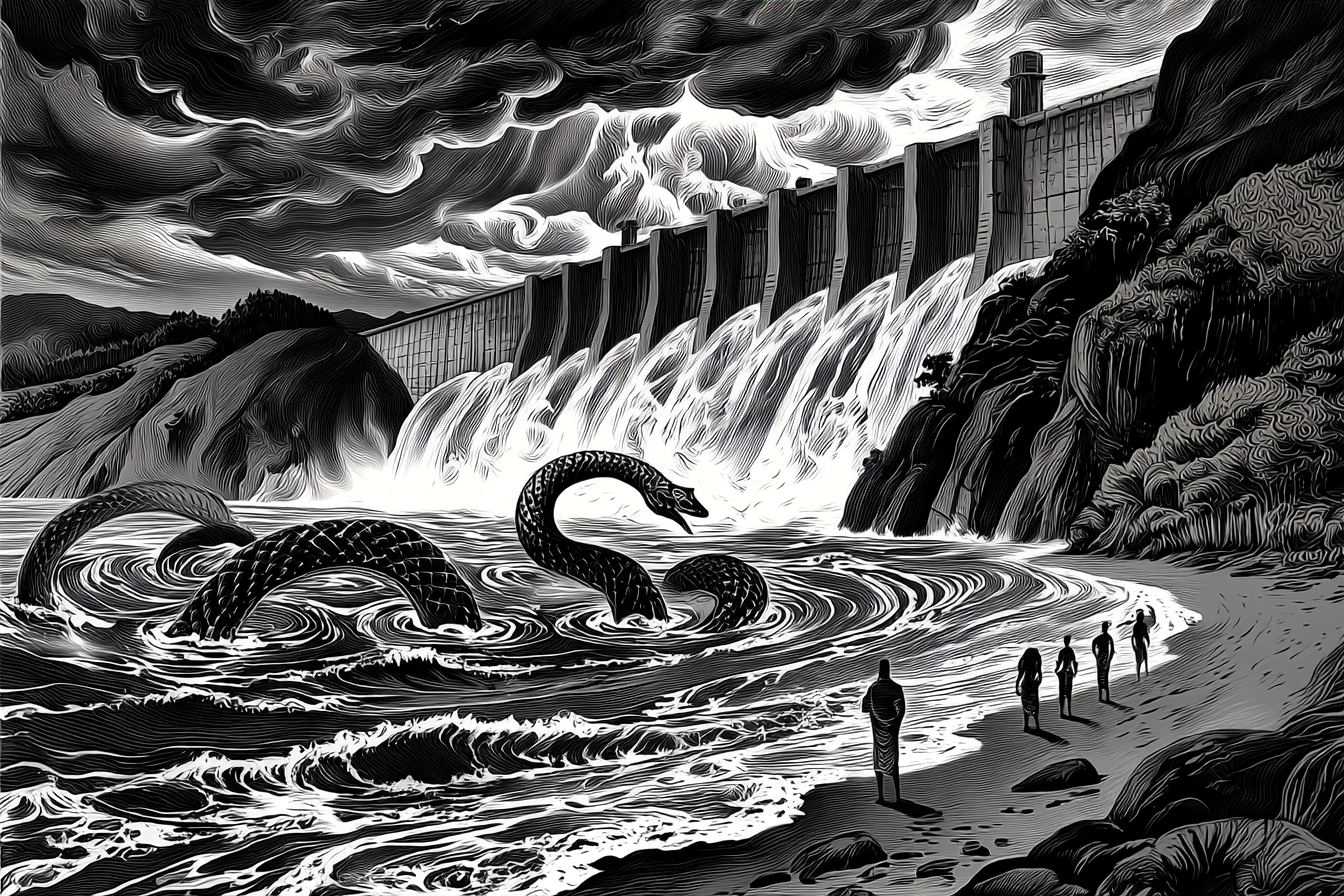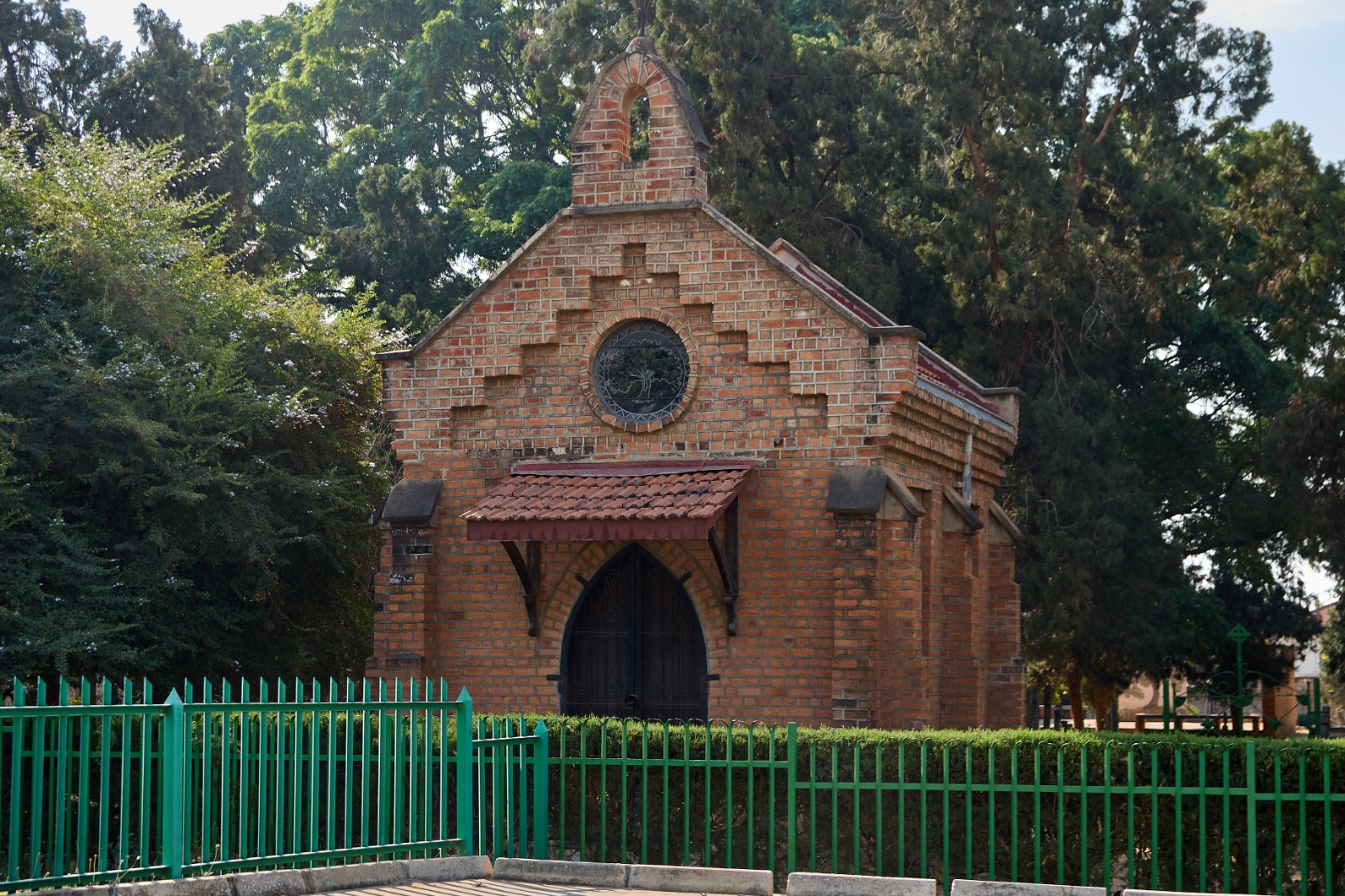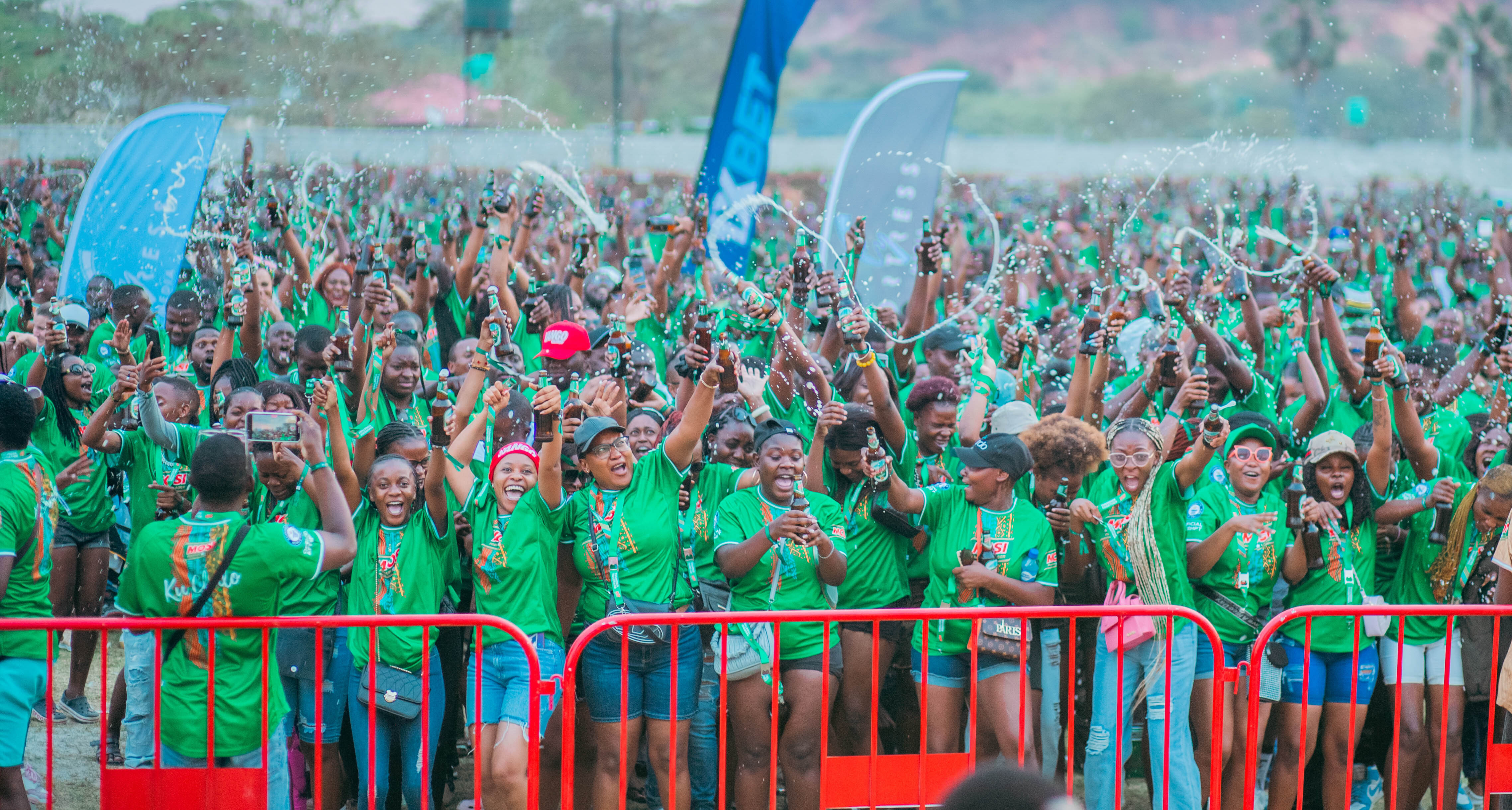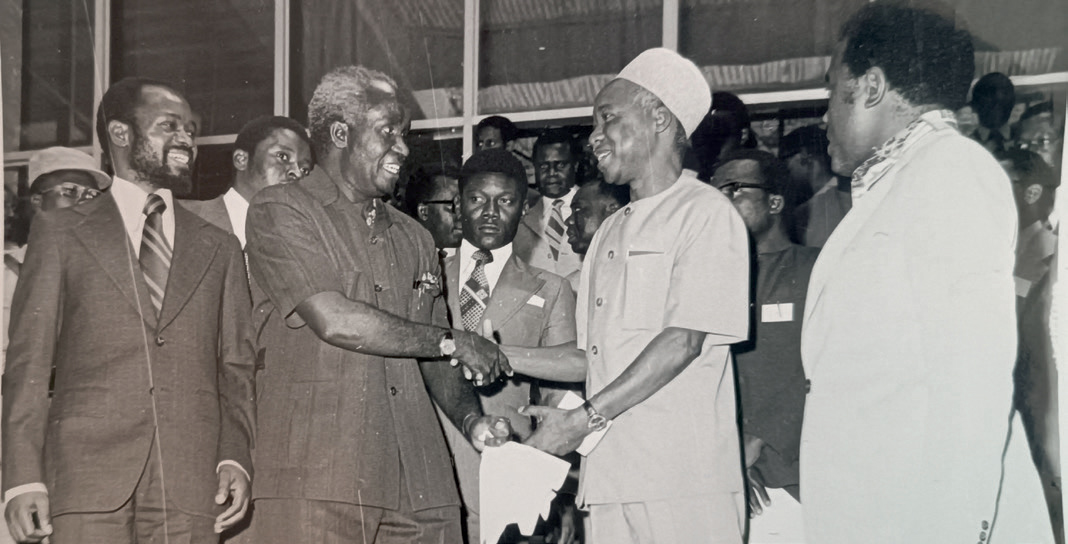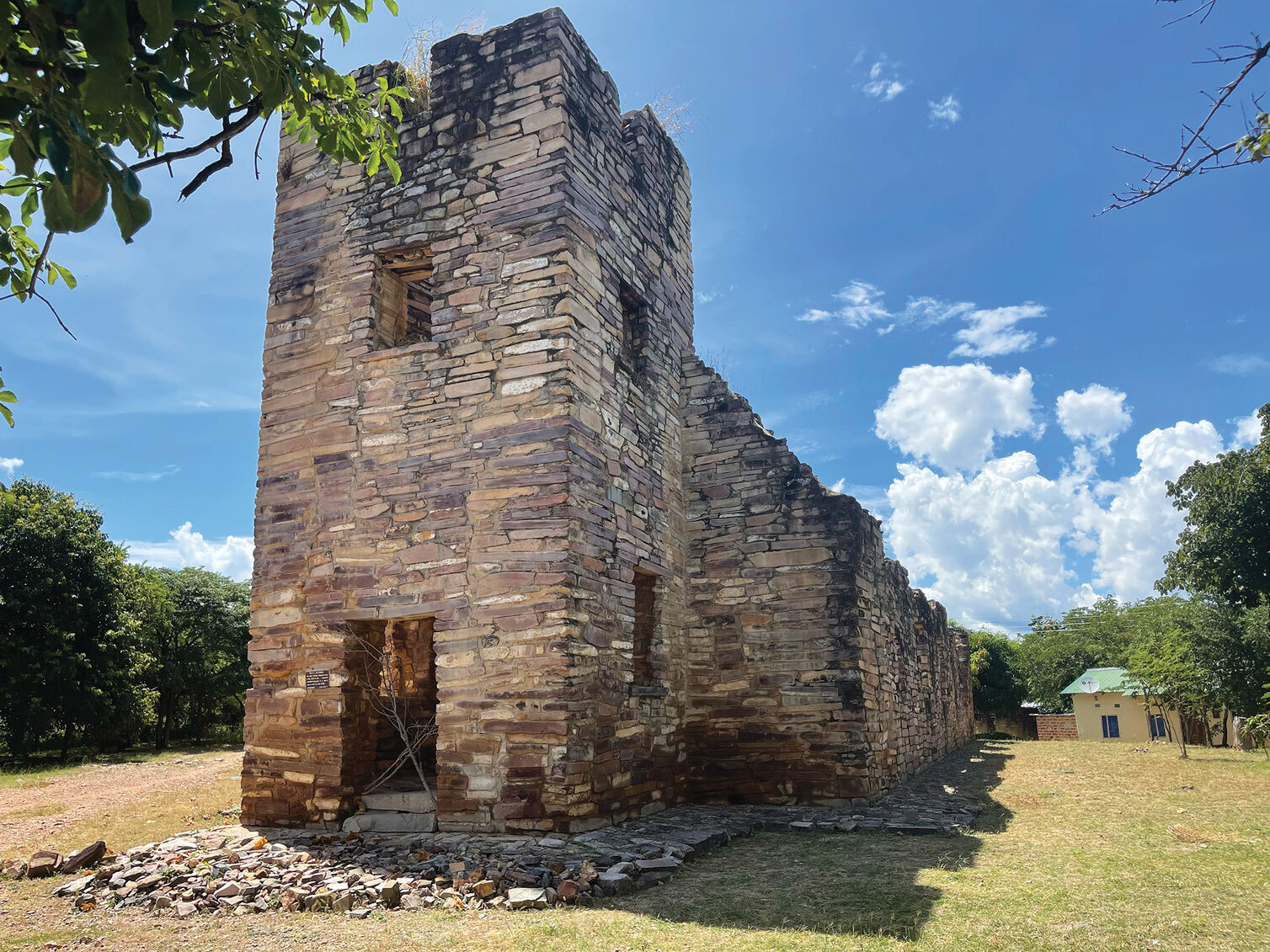The Zambian national football team that perished in the Gabon air disaster of 28 April 1993, according to fans, respected commentators, bookmakers and neutral observers alike, was on the cusp of conquering the Africa Cup of Nations (AFCON) when their lives were cruelly and horrifically ended.
2021 marks 28 years since the Gabon air disaster. The Godfrey Chitalu-Alex Chola tutored team had played over 15 matches in all competitions and only lost once – an excellent record by any standards.

The 18 Zambian players who died off the coast of Gabon, Libreville included goalkeepers Efford Chabala (Mufulira Wanderers) and Richard Mwanza (Kabwe Warriors), first and second choice net-minders respectively.
The defenders were John Soko (Nkana FC), Whiteson Changwe (Kabwe Warriors), Robert Watiyakeni (Dynamos FC), Eston Mulenga (Nkana FC), Winter Mumba (Power Dynamos) and Samuel Chomba (Dynamos FC).
The midfielders were Derby Mankinka (Al Ettifaq), Godfrey Kangwa (Olympique Casablanca) and Patrick ‘Bomber’ Banda (Profund Warriors now NAPSA Stars).

Squatting (l-r) Eston Mulenga, John Soko, Godfrey Kangwa, Mwila Numba, Moses Chikwalakwala
Squatting (l-r) Eston Mulenga, John Soko, Godfrey Kangwa, Mwila Numba, Moses ChikwalakwalaThe natural wingers were Timothy ‘Teacher’ Mwitwa (Nkana FC), John Chikwalakwala (Chambishi FC) and Mwila Numba (Nkana FC), while the strikers were Kelvin Mutale (Al Ettifaq), Wisdom Mumba Chansa (Dynamos FC), Kenani Simambe (Nkana FC) and Moses Masuwa (Roan United).
More often than not, the starting line-up, in a 4-4-2 formation, would have goal-keeper Chabala who would be shielded by the four defenders of right-back John Soko, left-back Whiteson Changwe and the central defence duo of Robert Watiyakeni and Eston Mulenga.

Elsewhere, Mankinka and Kangwa would be in charge of central park while Mutale and Chansa would be the two remorseless and merciless insurgents leading the attack.
What was even more soothingly delightful about this team was the fact it had super-subs who were as good as the starters.
With a line-up like the one given above, hyperbole aside, the team had no mercy for any of its opponents and would tear any side to shreds that tried to stand in its way.
To the present day, the national team coached by Chitalu and Chola is still considered the greatest team Zambia has ever produced.

Mufulira Wanderers’ net-minder Chabala, voted Zambia’s 1984 Sportsman of the Year, is one of the best goalkeepers to have ever graced Zambian football. Chabala, who started his career as a striker before switching to goalkeeping duties, was an excellent organiser of his defence and was quick to spot danger and was good at improvisation. It’s little wonder most observers say his skills are second only to former Roan United and Rhokana United (now Nkana FC) shot-stopper, Emmanuel ‘Mannix’ Mwape. Mwape is famed for his appearances at the 1974 African Cup of Nations (AfCON) where the Zambian team finished as runners-up at their maiden appearance at the continent’s biggest sporting showpiece.
Mwanza, the second choice goalie from Kabwe Warriors FC, was steadfast, agile and equally as good as Chabala. His big frame appeared to intimidate strikers when taking penalty-spot kicks.

The flat four backline of central defenders Eston ‘King Yellowman’ Mulenga and Robert Watiyakeni, were almost unbeatable, a twosome that will be hard to match. The alchemy of Mulenga and Watikayeni has often been compared to the central defence partnership that Dick Chama and Dickson Makwaza formed during the late 1960s and early 1970s, also that of Michael Musonda and Emmy Musonda during the 1982 Libya-held African Cup of Nations tournament and that of Elijah Litana and Harrison Chongo of the 1994 African Cup of Nations Championship.
While the man they adoringly nicknamed King Yellowman was unbeatable both on the ground and in the air, a man-to-man marker and a good reader of the game, his defence partner Watiyakeni had the sixth sense in reading the situation and as such, would quell danger right in its bud before it would manifest.
The hard-tackling Soko from the school of hard knocks and Whiteson Changwe of the overlapping faculty, were masters of the highest order who regarded being beaten to the ball as some kind of abomination.
Derby Mankinka and Godfrey Kangwa epitomised midfield excellence. The indefatigable Mankinka seemed to have had superhuman lungs, a midfielder governor general who also had the endearing habit of scoring crucial goals. Kangwa on the other hand, was indomitable, a perfect servant schooled in ball-distribution duties.
The natural wingers of Chikwalakwala, a merchant of real pace and a good crosser of the ball, was just about the fastest human being in the Zambia team while Numba was a dribbler par excellence and would beat any defender he would face on the left wing and wherever he would be at any given time in the course of the game.
It goes without saying that striker Mutale was the biggest revelation on the Zambian soccer scene. The speedy striker scored 39 goals across all competitions in the 1992 season, playing in his first and only season in the Zambian Premier League as a Nkana property.
It was the man they affectionately dubbed Malaza who netted a hat trick against Mauritius in an away fixture in Curepipe played on April 25, 1993 in a 1994 USA World Cup qualifier as Zambia marched home 3-0 winners.
Chansa, the 1988 Zambian Footballer of the Year as a Power Dynamos player, was a crowd favourite – both for club and country. A member of the 1988 Zambia team to the Seoul Olympics, Chansa was an excellent performer at the art of shielding the ball and would sometimes play as an attacking midfielder. And what an incomparable passer of the ball he was.
But as fate would have it, the Chitalu-Chola trained team, on its way to Senegal to fulfill a 1994 USA World Cup fixture with the Teranga Lions, was sadly, collectively decimated in a plane crash in what has come to be known as the Gabon Air Disaster the world over.
Belief abounded that Zambia, for the first time in her history, was destined to qualify for both the 1994 African Cup of Nations in Tunisia, as well as the World Cup in the USA. Both possibilities, as is well known, were cut short due to the plane crash that killed 18 loftily-talented footballers, two coaches (both equally-gifted players in their heyday) and ten other passengers aboard the Buffalo military plane.
Almost 19 years after the Gabon Air Disaster, the Herve Renard-coached squad, driven by captain Christopher Katongo, would conquer the Africa Cup of Nations in Libreville, the place where the 1993 squad lost its 18 players. Zambia had conquered the continent after a long wait of 38 years on the bounce, following their first appearance at the tournament in 1974.
The win was dedicated to the fallen heroes of the April 28, 1993 Gabon Air Disaster that included 18 players, two coaches, a five-man Zambia Air Force crew and a four-man Football Association of Zambia (FAZ) personnel that also included the then FAZ president Michael Mwape. Joseph Bwalya Salim was the only member of the press, coming from Zambia News and Information Services.
The dream we had for those players we lost would be accomplished almost 19 years later.
The 2012 AFCON victory by the Katongo-shepherded side, in a word, was a perfect dedication to the fallen heroes of April 1993 whose band leader was the one and only Godfrey ‘Ucar’ Chitalu of a world record 107 goals in a single season.
On balance, the 18-man Zambia team that perished in 1993 is highly regarded because of the incomparable players’ composition with unmatched talent and cohesion not seen in any teams the country has produced in all the years since the tragic loss.
Whenever debate comes up regarding Zambia’s greatest team ever the last five decades, three teams often come up: the 1974 Zambia team that reaped silver at AFCON, the 1988 team that reached the quarter-finals at the Seoul Olympics and, of course, the 1993 squad that perished in Gabon.
The verdict, more often than not, by critics and bookmakers has been that the 1993 team coached by Godfrey Chitalu and Alex Chola was the greatest of all. Whether the fallen heroes were the greatest Zambian team ever is open to debate. But one thing is for sure: April 28 1993 is an important date we must always commemorate and we must never stop honouring the lives lost on that day.

